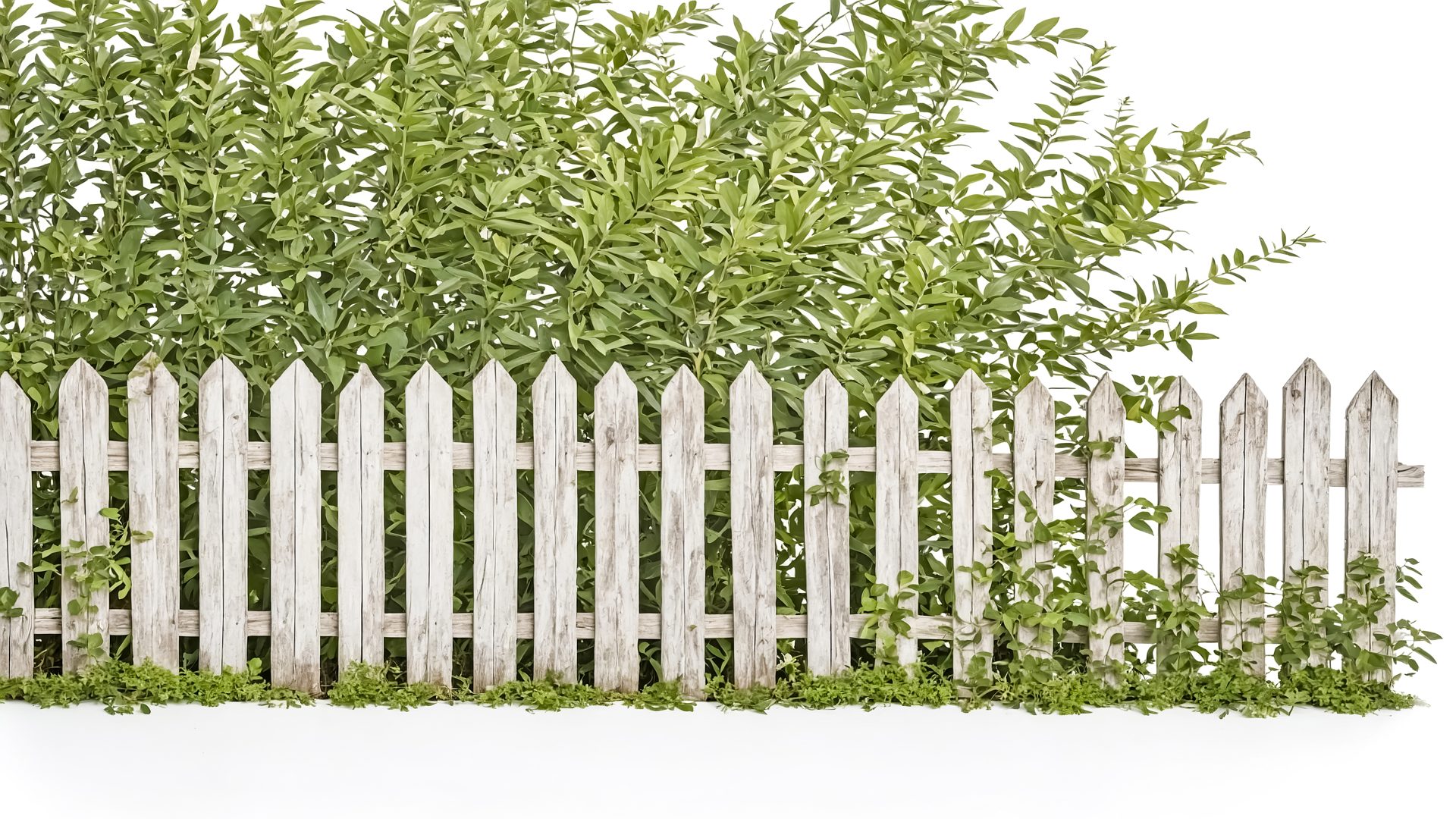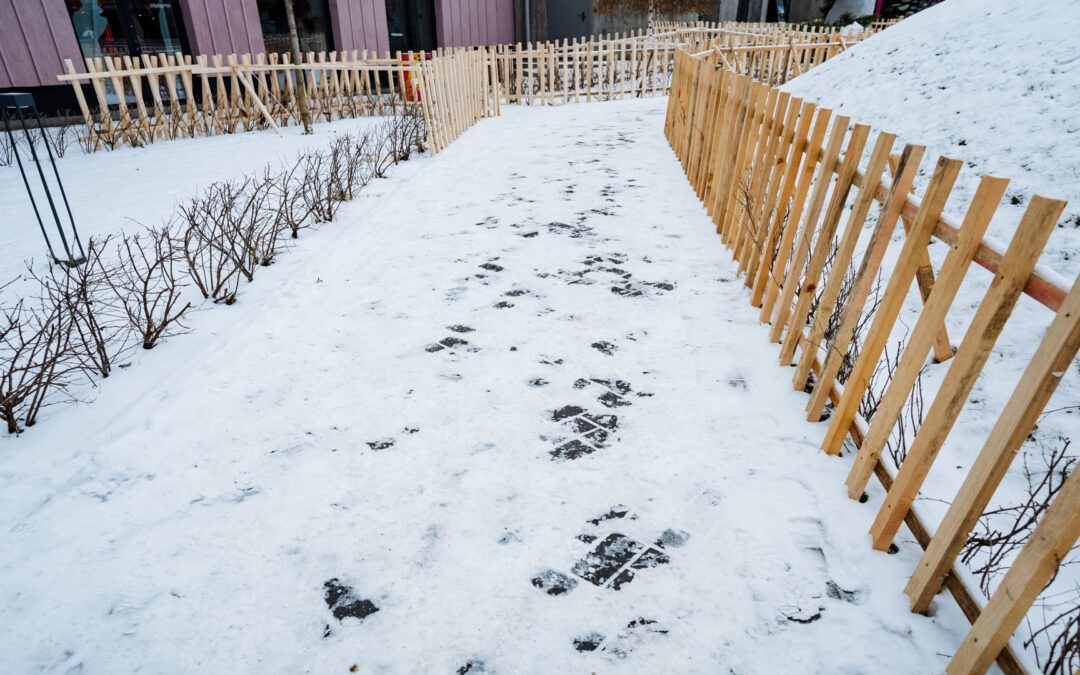When the snow melts in Colorado Springs, it leaves more behind than muddy boots and thawed driveways. One of the most overlooked casualties of our winter weather? Your fence. Between heavy snowfall, freeze-thaw cycles, and gusty winds, winter can take a serious toll on even the sturdiest fencing.
If you’ve walked your yard recently and noticed leaning posts, cracked pickets, or warped gates, now is the time to act. Catching these issues early can help you avoid bigger, more expensive problems when the spring winds and summer storms roll in.
At Affordable Services Landscaping, we’ve helped hundreds of local homeowners identify and fix fence damage after winter—restoring both the function and curb appeal of their yards. Here’s your seasonal guide to inspecting, repairing, and getting your fence back in shape before the busy season begins.
Why Winter Wreaks Havoc on Fencing in Colorado Springs
Colorado’s unique climate delivers harsh winter conditions that can quickly wear down outdoor structures, especially fences. Here’s what your fence may have battled through over the past few months:

-
Freeze-thaw expansion: Moisture seeps into small cracks and freezes overnight, causing materials to expand and split.
-
Heavy snow loads: Accumulated snow puts pressure on panels and posts, potentially leading to warping or collapse.
-
Soil shifting: Repeated freezing and thawing can move the ground around fence posts, leading to tilting or instability.
-
High winds: Winter gusts can stress fasteners and loosen connections.
While these effects aren’t always obvious at first glance, they often worsen with time, so a post-winter inspection is a must.
1. Check for Leaning or Sunken Fence Posts
The integrity of your entire fence depends on its posts. When posts shift, the rest of the fence tends to follow. Winter soil movement and frost heave can loosen posts or push them out of alignment.
What to Look For:
-
Fence sections that appear tilted or uneven
-
Posts that feel wobbly when pushed
-
Gaps where the post meets the ground
How to Fix It:
-
Minor leaning can often be corrected by bracing and reinforcing with concrete or gravel backfill.
-
Severely sunken or rotted posts usually require full replacement.
If you’re unsure whether a post can be salvaged or needs replacing, our fencing specialists can assess the damage and recommend the most cost-effective solution.
2. Inspect for Cracked or Warped Panels
Fence panels—especially wood—are vulnerable to moisture damage and temperature swings. After a long winter, you might notice:
-
Panels bowing or curling
-
Cracks or splits along the grain
-
Loose pickets or slats
Don’t Ignore These Signs
Even small cracks can expand over time, reducing the overall strength and privacy of your fence. Replacing just a few boards now can prevent the need for full panel replacement later.
Repair Options:
-
Tighten or replace rusted screws and nails
-
Replace warped boards with pressure-treated lumber
-
Consider sealing or staining to protect the remaining wood
Affordable Services can color-match replacements and restore your fence to its original appearance with minimal disruption.
3. Examine Gate Alignment and Hardware
Gates tend to shift over time, especially after snow buildup or high winds. Left unaddressed, a misaligned gate can lead to unnecessary strain on hinges—or worse, leave your yard unsecured.
Signs of Trouble:
-
Gate scrapes the ground or won’t latch properly
-
Hinges look rusted or strained
-
The gate feels “heavy” or loose when opening
How to Fix It:
-
Re-level the gate and adjust hinges as needed
-
Replace rusted hardware with galvanized or stainless steel
-
Add support braces if sagging is present
We can also retrofit older gates with improved hardware to boost security and durability.
4. Assess for Rot, Rust, or Mold
Moisture is the biggest enemy of wood and metal fencing. Constant exposure to melting snow or standing water can create the perfect environment for:
-
Wood rot (soft, crumbly boards or dark stains)
-
Rust on chain-link or wrought iron
-
Mold/mildew forming on shaded fence sections
These issues not only look unsightly but can weaken your structure and compromise safety.
Solutions:
-
Replace any rotted boards or posts
-
Use a rust converter or replace damaged metal pieces
-
Power wash mold and treat wood with a protective sealer
Our maintenance services include full cleaning and sealing packages to protect your investment year-round.
5. Secure Loose Fasteners and Joints
As materials expand and contract in winter, it’s common for screws, bolts, and nails to work themselves loose. This can cause rattling, instability, and even broken sections during high winds.
Quick Fix Checklist:
-
Walk the fence and listen for rattling
-
Check joints between posts and rails
-
Replace any missing or bent hardware
A little tightening now goes a long way toward keeping your fence sturdy and safe through summer.
When to Repair vs. Replace
While most winter fence damage can be repaired, there are times when a replacement is more practical. Consider a full fence replacement if:
-
More than 25% of the fence is damaged
-
Posts are rotten or beyond leveling
-
The style or material no longer suits your property’s needs
We’ll walk you through your options and help you weigh the long-term cost and value of repairing versus replacing.
Start the Season Strong
Winter may be over, but the impact it leaves on your fence can last through the year—unless you take action now. Fixing loose boards, straightening posts, and refreshing hardware before the busy season ensures your yard stays safe, secure, and looking its best.
At Affordable Services Landscaping, we offer professional fence inspections, repairs, and upgrades tailored to Colorado Springs’ tough climate. Whether you need a simple fix or a full rebuild, our team delivers high-quality work with friendly, reliable service.
Call us today at (719) 471-3560 or request a free quote online to get your fence back in top shape before spring projects and summer gatherings kick into gear.






